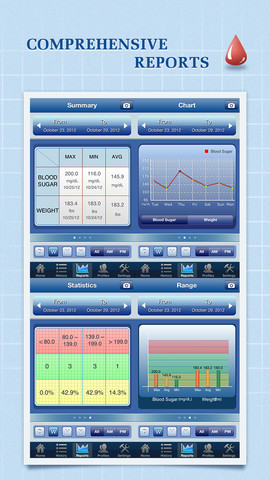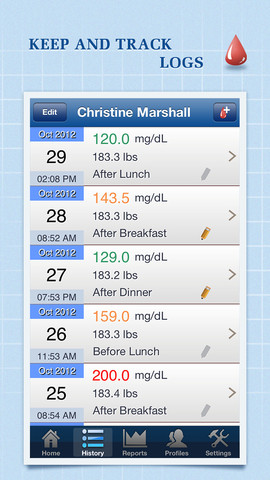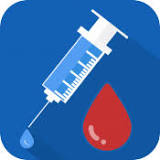We wanted to give readers some concrete examples of the kind of assistive technologies that would benefit from culture-related adaptations. We have selected a robotic arm as an example of an assistive device and a glucose monitoring app as an example of assistive software.
Assistive technology device: Kinova OBI robotic arm self-feeding device
The OBI arm enables people with mobility impairments to feed themselves. The device can be used to assist people who have a variety of impairments, such as Parkinson’s, amputation, neuromuscular conditions, and spinal cord injuries.
The device sits on a tabletop and a caregiver positions the spoon in front of the user’s mouth. The user then has control over food selection and pace. The device will scoop food from one of the individual sections on the plate, and bring it up to the appropriate level in front of the user. View the brochure here.
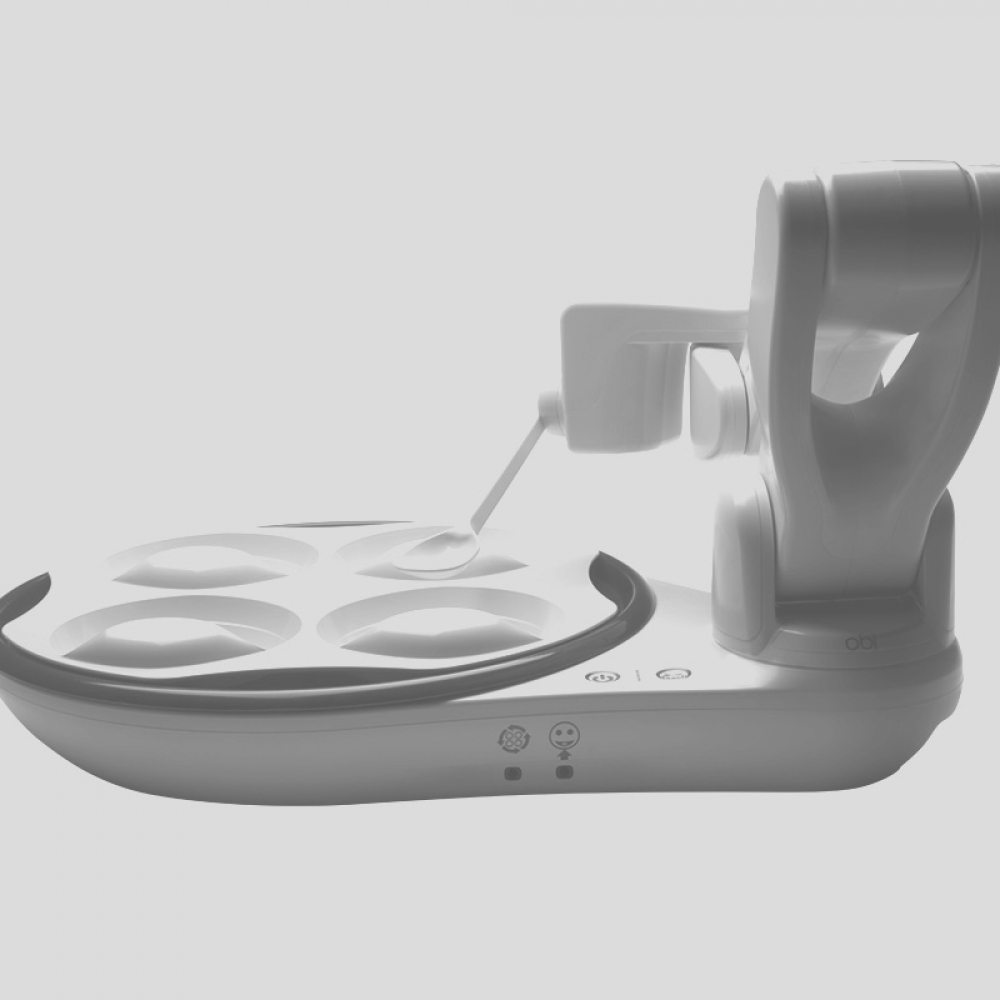
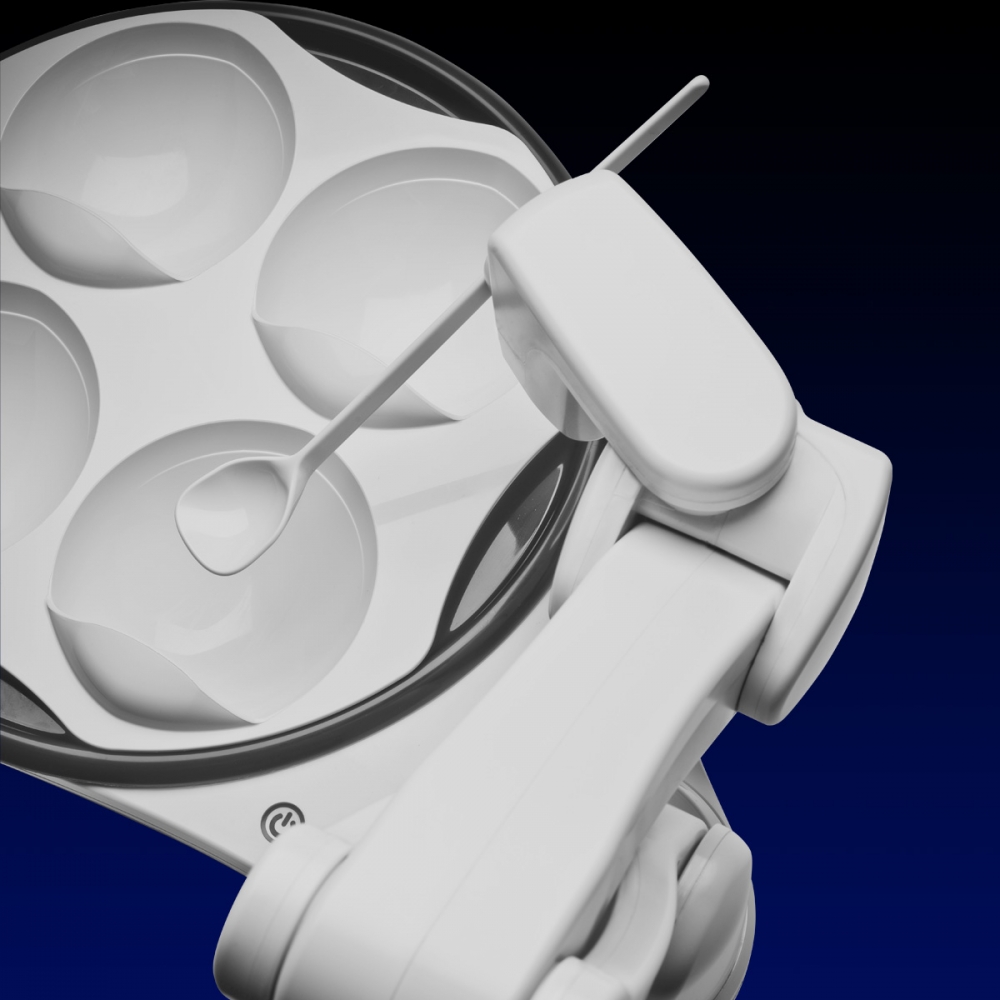
Assistive technology software:
Maxwell Software’s Glucose Companion app
Maxwell Software’s Glucose Companion app is for iOS devices and monitors blood sugar and weight. The app is for people with diabetes. It saves data that enable a person to track their blood sugar levels over time and observe patterns. The data can be shared with others via email.
